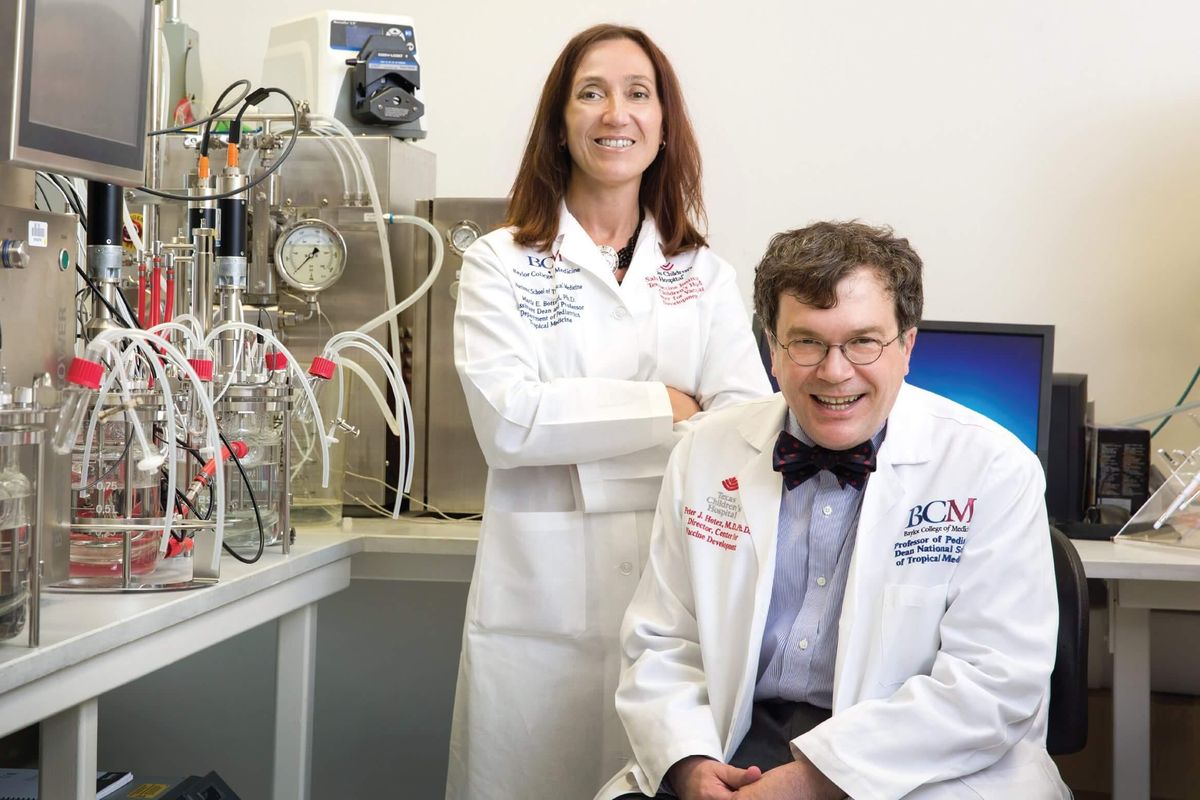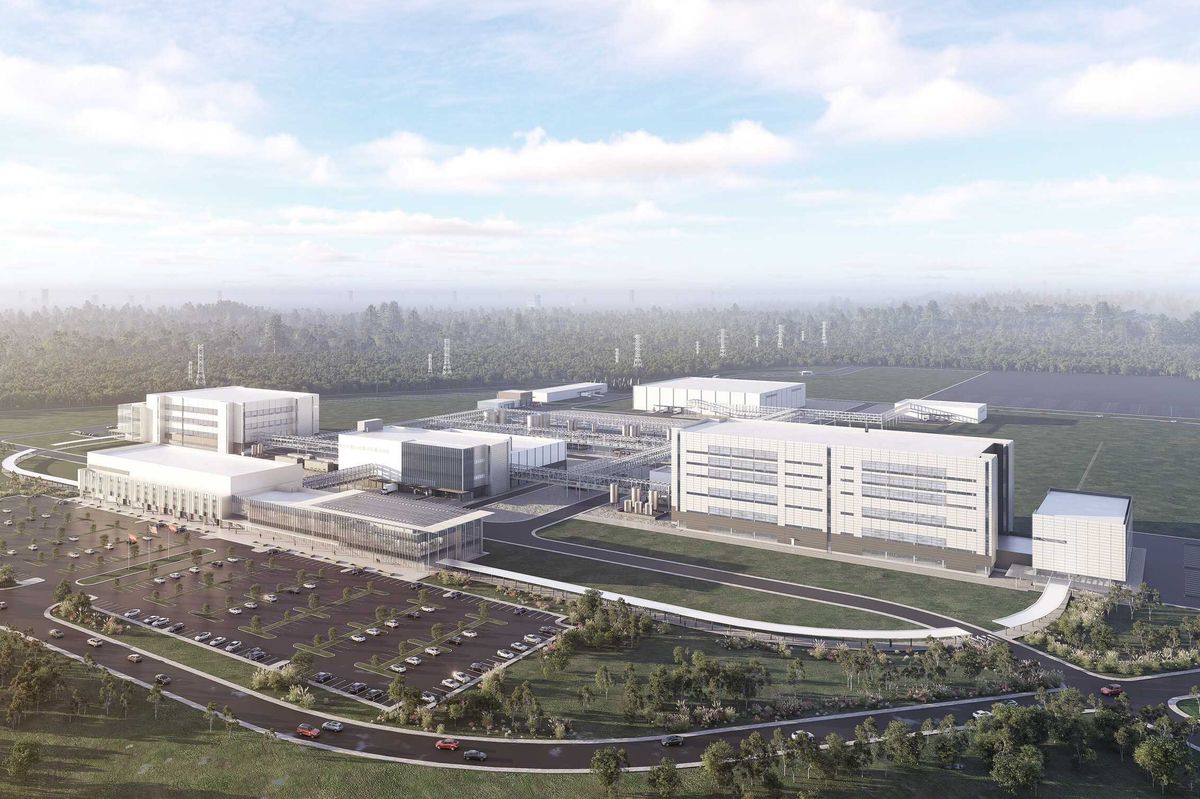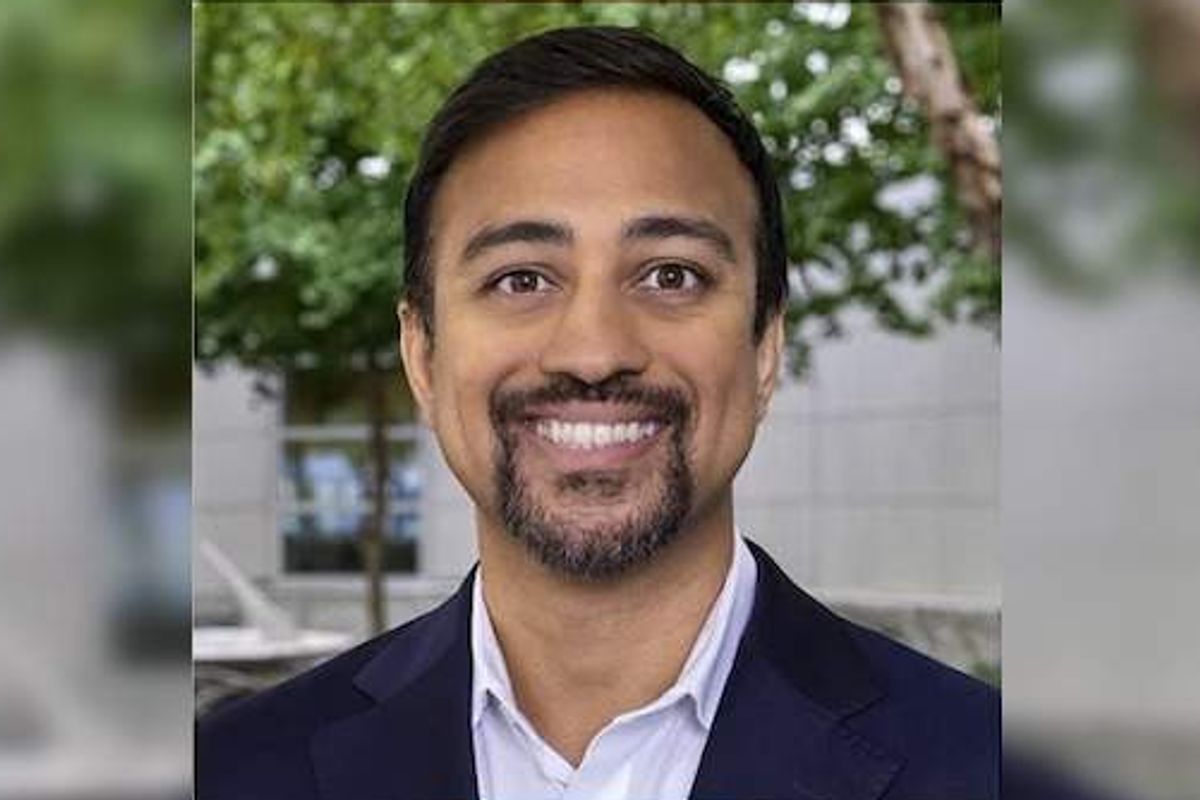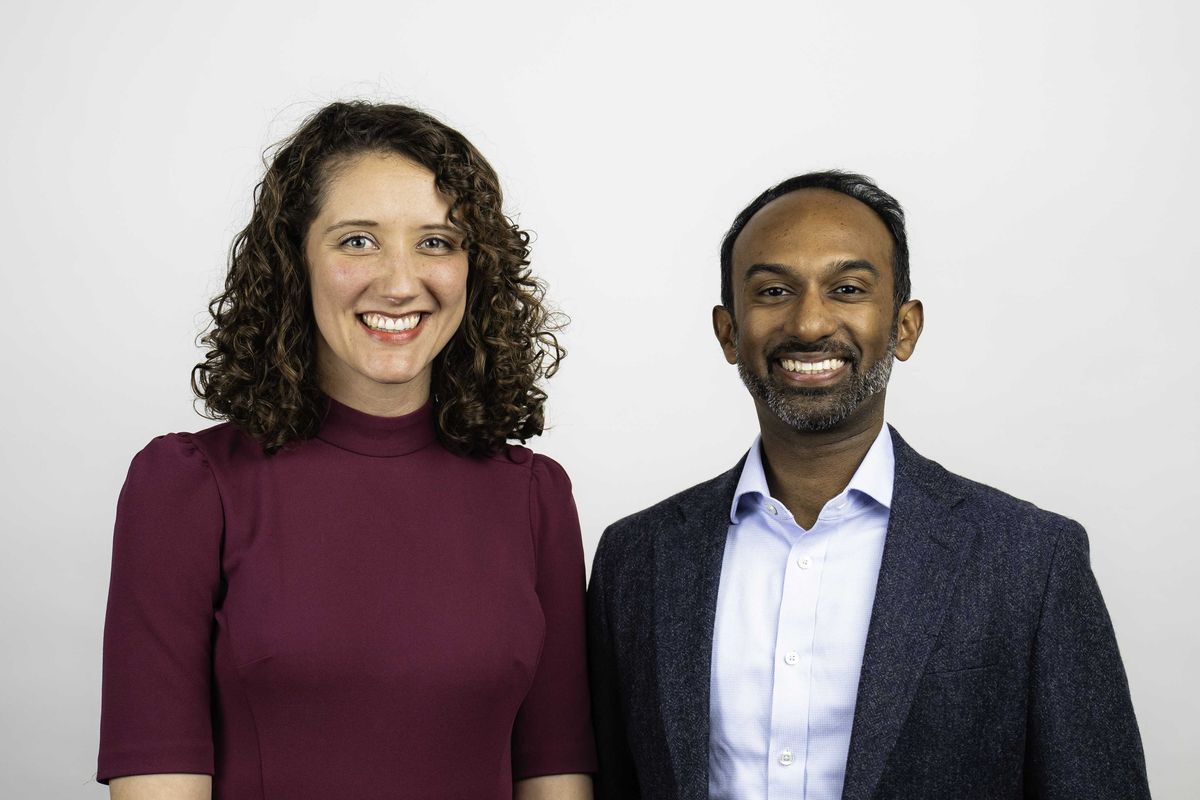Houston professor earned $500,000 grant to tap into digital twin tech for bridge safety
transportation innovation
A University of Houston professor has received a grant from the Texas Department of Transportation (TxDOT) to improve the efficiency and effectiveness of how bridges are inspected in the state.
The $505,286 grant will support the project of Vedhus Hoskere, assistant professor in the Civil and Environmental Engineering Department, over three years. The project, “Development of Digital Twins for Texas Bridges,” will look at how to use drones, cameras, sensors and AI to support Texas' bridge maintenance programs.
“To put this data in context, we create a 3D digital representation of these bridges, called digital twins,” Hoskere said in a statement. “Then, we use artificial intelligence methods to help us find and quantify problems to be concerned about. We’re particularly interested in any structural problems that we can identify - these digital twins help us monitor changes over time and keep a close eye on the bridge. The digital twins can be tremendously useful for the planning and management of our aging bridge infrastructure so that limited taxpayer resources are properly utilized.”
The project began in September and will continue through August 2026. Hoskere is joined on the project by Craig Glennie, the Hugh Roy and Lillie Cranz Cullen Distinguished Chair at Cullen College and director of the National Center for Airborne Laser Mapping, as the project’s co-principal investigator.
According to Hoskere, the project will have implications for Texas's 55,000 bridges (more than twice as many as any other state in the country), which need to be inspected every two years.
Outside of Texas, Hoskere says the project will have international impact on digital twin research. Hoskere chairs a sub-task group of the International Association for Bridge and Structural Engineering (IABSE).
“Our international efforts align closely with this project’s goals and the insights gained globally will enhance our work in Texas while our research at UH contributes to advancing bridge digitization worldwide,” he said. “We have been researching developing digital twins for inspections and management of various infrastructure assets over the past 8 years. This project provides us an opportunity to leverage our expertise to help TxDOT achieve their goals while also advancing the science and practice of better developing these digital twins.”
Last year another UH team earned a $750,000 grant from the National Science Foundation for a practical, Texas-focused project that uses AI. The team was backed by the NSF's Convergence Accelerator for its project to help food-insecure Texans and eliminate inefficiencies within the food charity system.

- University of Houston establishes new health care business innovation chair thanks to $2M gift ›
- University of Houston plans to build new central campus innovation hub ›
- University of Houston introduces institute to bring business solutions to health care industry ›
- University of Houston, Intel team up to prepare workforce for AI revolution ›
- Play it back: Looking at UH's commitment to supporting Houston innovation - InnovationMap ›

 Craig Glennie, professor of civil and environmental engineering and director of engineering defense research initiatives at the UH Cullen College of Engineering, is leading the project. Photo via uh.edu
Craig Glennie, professor of civil and environmental engineering and director of engineering defense research initiatives at the UH Cullen College of Engineering, is leading the project. Photo via uh.edu


















